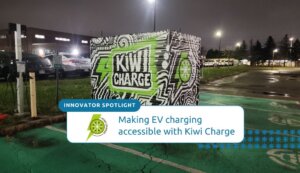Original Article, M. Fischer et al., McKinsey & Company, September 23, 2021
The growth of electric mobility will have far-reaching consequences for auto dealers, touching virtually every aspect of business. From the redistribution of profit pools to the adoption of new operating procedures, there’s a lot to consider. Maintenance workers will need training to service high-voltage powertrain systems safely and efficiently, while frontline sales staff will be expected to competently answer consumer questions and close the sale. Electric vehicles (EVs) also tend to have fewer mechanical parts that break down, which has significant implications for aftersales service. To help US dealerships prepare for the coming change, we assess the state of EV sales readiness along six key dimensions while offering an in-depth analysis of the US EV market.
That the global EV market—including hybrid electric vehicles (HEVs), plug-in HEVs (PHEVs), and battery-electric vehicles (BEVs)—has continued to heat up in spite of the COVID-19 pandemic is no less than remarkable. Despite an overall slump in car sales worldwide, 2020 was a banner year for electric-vehicle sales, with global sales actually exceeding prepandemic levels by the third quarter of the year. Incredibly, Europe and China achieved fourth-quarter sales increases of 60 percent and 80 percent, respectively, over the previous quarter, helping to drive global EV penetration to an all-time high of 6 percent.








